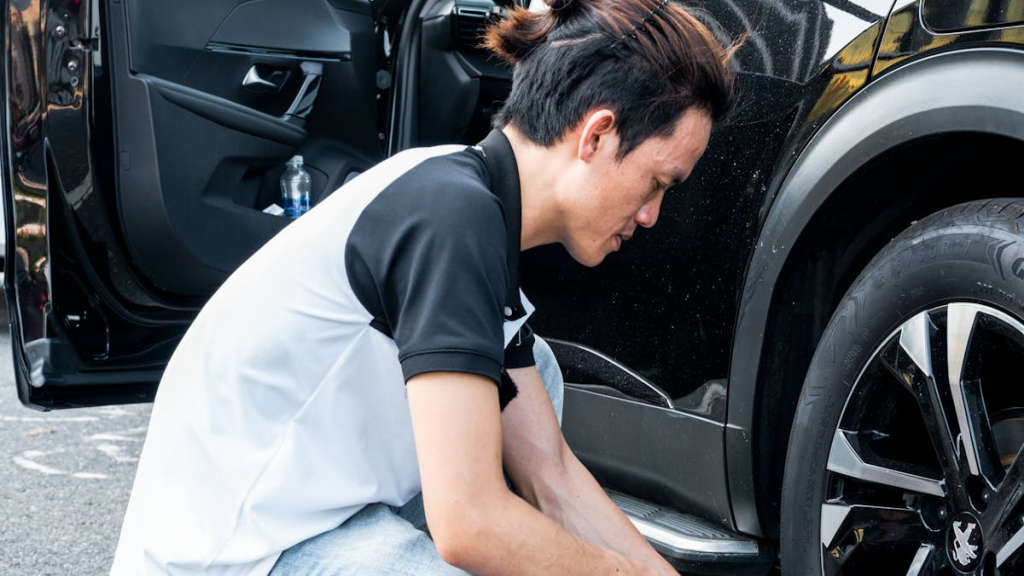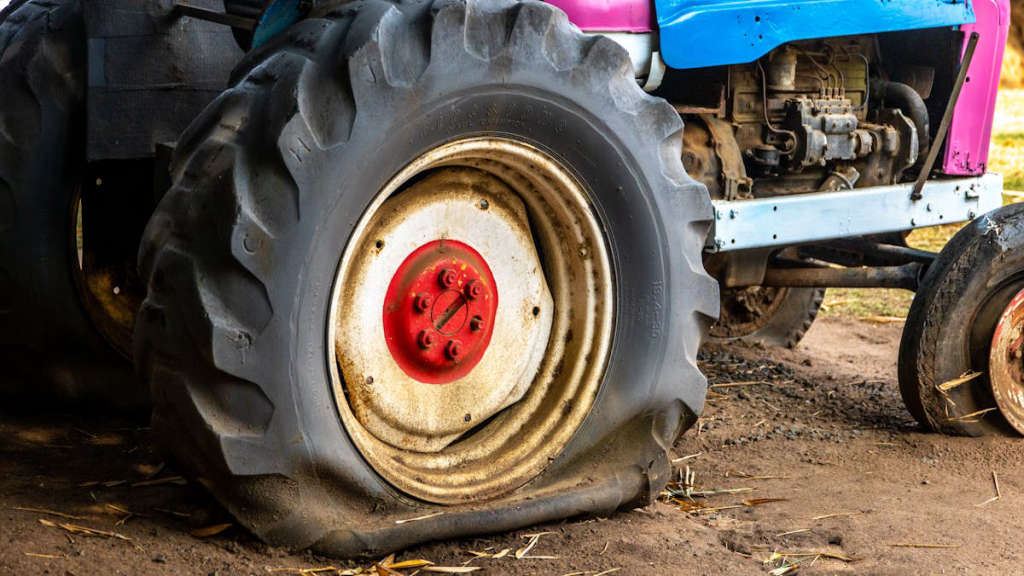
Tire pressure is a critical aspect of vehicle maintenance that often goes overlooked. However, it’s essential to understand that Why is Tire Pressure Different for Every Vehicle? varies significantly between different types of vehicles. This difference stems from factors such as vehicle size, weight, and intended usage. For instance, sports cars usually require higher pressures for optimal performance, while SUVs may need lower pressures for better traction. By recognizing these variances, we can ensure our safety and maximize the lifespan of our tires.
Main Points
- Vehicle specifications determine required tire pressure.
- Safety is enhanced with proper tire inflation.
- Regular maintenance helps extend tire life.

Understanding the Fundamentals of Tire Pressure: A Comparative Analysis
When it comes to our vehicles, understanding tire pressure is essential. Each vehicle has its unique requirements based on several factors. So, why is tire pressure different for every vehicle? The importance lies in ensuring safety and efficiency. Consider these points:
- Factors: Vehicle weight and load capacity influence recommended pressure levels.
- Differences: Tire design and size can also affect optimal pressure settings.
- Performance: Correct tire pressure enhances fuel efficiency and handling.
Ultimately, knowing these differences helps us maintain our vehicles effectively. Thus, let’s prioritize tire pressure for a smoother, safer ride!
Factors Influencing Tire Pressure Variations in Diverse Vehicle Types
Understanding the tire pressure differences across various vehicle types is crucial for optimal performance. We recognize that factors like vehicle weight, intended use, and tire design play significant roles. For instance, a sports car requires higher pressure for handling, while an SUV benefits from lower pressure to enhance traction. Additionally, ambient temperature can create fluctuations, challenging us to stay vigilant. Regular checks ensure safety and efficient maintenance, contributing to overall vehicle longevity.
Key Influences in Tire Pressure
| Vehicle Type | Recommended Pressure | Main Factors |
|---|---|---|
| Sedan | 32 PSI | Weight, Comfort |
| SUV | 30 PSI | Tread, Off-road |
| Truck | 34 PSI | Load, Durability |
This understanding helps us appreciate why tire pressure varies. By considering these factors, we can ensure our vehicles run safely and efficiently, keeping our journeys enjoyable.
The Impact of Vehicle Design and Weight on Optimal Tire Pressure
Understanding why tire pressure varies for each vehicle is crucial for safety and efficiency. Vehicle design plays a significant role in determining the ideal pressure. For instance, larger, heavier vehicles generally require higher pressures to support their weight. Conversely, lighter vehicles can function effectively with lower pressures. This difference often confuses drivers. Additionally, factors like tire width and intended use—such as on- or off-road driving—affect the optimal level. Thus, we recommend checking the manufacturer’s guide to select the proper tire pressure for our specific vehicle.
Seasonal Changes and Their Effects on Tire Pressure across Different Vehicles
The impact of seasonal changes on tire pressure is often underestimated. As the temperature fluctuates, so does the air pressure in our tires. For example, when temperatures drop, tire pressure usually decreases, affecting vehicle performance. Similarly, in warmer months, tire pressure can increase. Thus, regular checks are essential to maintain optimal pressure. To help you, we’ve compiled a brief list of key points:
- Cold Weather: Tire pressure generally drops by 1 psi for every 10°F decrease.
- Hot Weather: Tire pressure may rise by 1 psi for every 10°F increase.
- Vehicle Type: Different vehicles require different pressure levels; always consult your manual.
Maintaining the right tire pressure enhances fuel efficiency and prolongs tire life. Don’t overlook this simple yet vital aspect!
Safety Implications of Improper Tire Pressure in Various Vehicle Classes
Maintaining proper tire pressure is crucial for safety across all vehicle classes. When pressures are too low or too high, we can face issues like diminished traction, increased stopping distance, or tire blowouts, all of which can lead to accidents. For instance, larger vehicles like trucks are particularly sensitive to these changes. Even a small deviation can cause stability problems. This makes it essential for us to regularly check and adjust tire pressure, no matter what we drive.
Conclusion
Different vehicles come with unique designs and purposes, which directly influences tire pressure. As we’ve explored, factors like vehicle weight, tire size, and intended use all play a vital role. Why is Tire Pressure Different for Every Vehicle? This question highlights the importance of understanding manufacturer recommendations and how they cater to specific vehicle requirements. Proper tire pressure is crucial for safety, handling, and fuel efficiency. Each vehicle has its own set of characteristics that dictate the optimal tire pressure, ensuring the best performance. By paying attention to these variations, we can contribute to safer driving experiences and extend the life of our tires. Taking the time to check and adjust tire pressure regularly is a simple yet significant step towards vehicle care.
Frequently Asked Questions
Why is tire pressure important for my vehicle?
Tire pressure is crucial for safety, fuel efficiency, and tire longevity. Properly inflated tires improve handling, reduce tire wear, and enhance fuel economy.
How do I find the recommended tire pressure for my vehicle?
You can find the recommended tire pressure in your vehicle’s owner manual, on a sticker located on the driver’s side door jamb, or inside the glove compartment.
What factors can cause tire pressure to change?
Tire pressure can change due to temperature fluctuations, altitude changes, tire wear, or natural air loss over time. Regular checks are needed to maintain optimal pressure.
Is it safe to drive with low tire pressure?
Driving with low tire pressure is unsafe. It can lead to poor handling, increased tire wear, and a higher risk of tire blowouts, compromising your safety.
Can I use the same tire pressure for all four tires?
Generally, front and rear tires have different pressure requirements based on the vehicle’s design and load. Always rely on the manufacturer’s recommendations for specific pressures.
